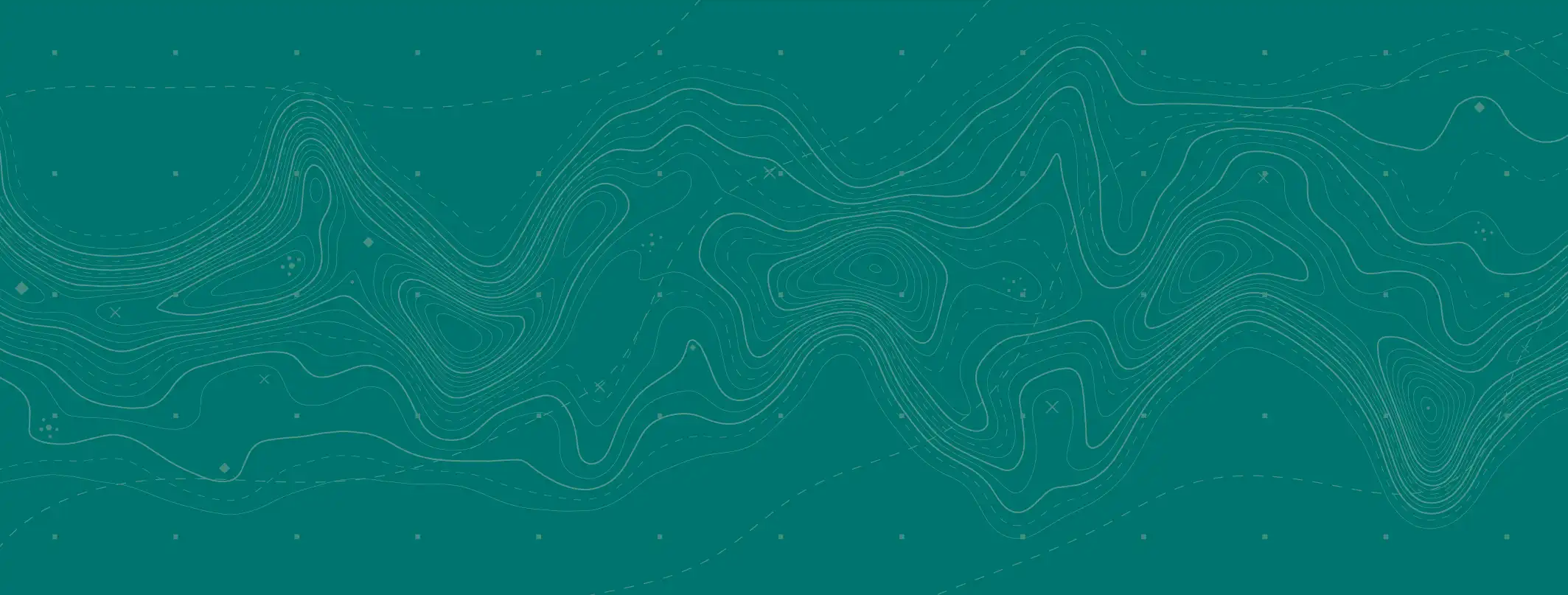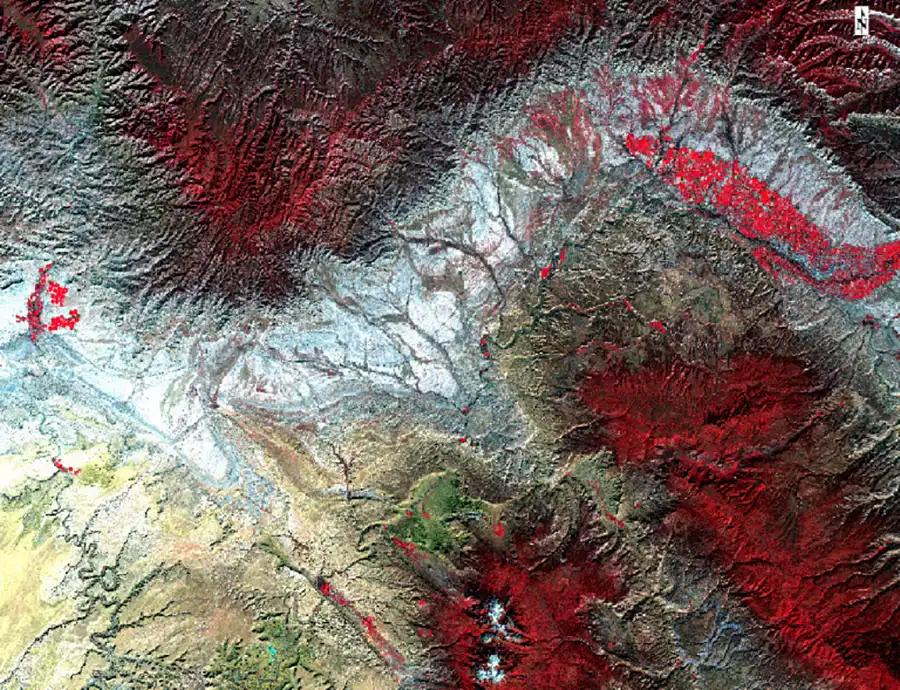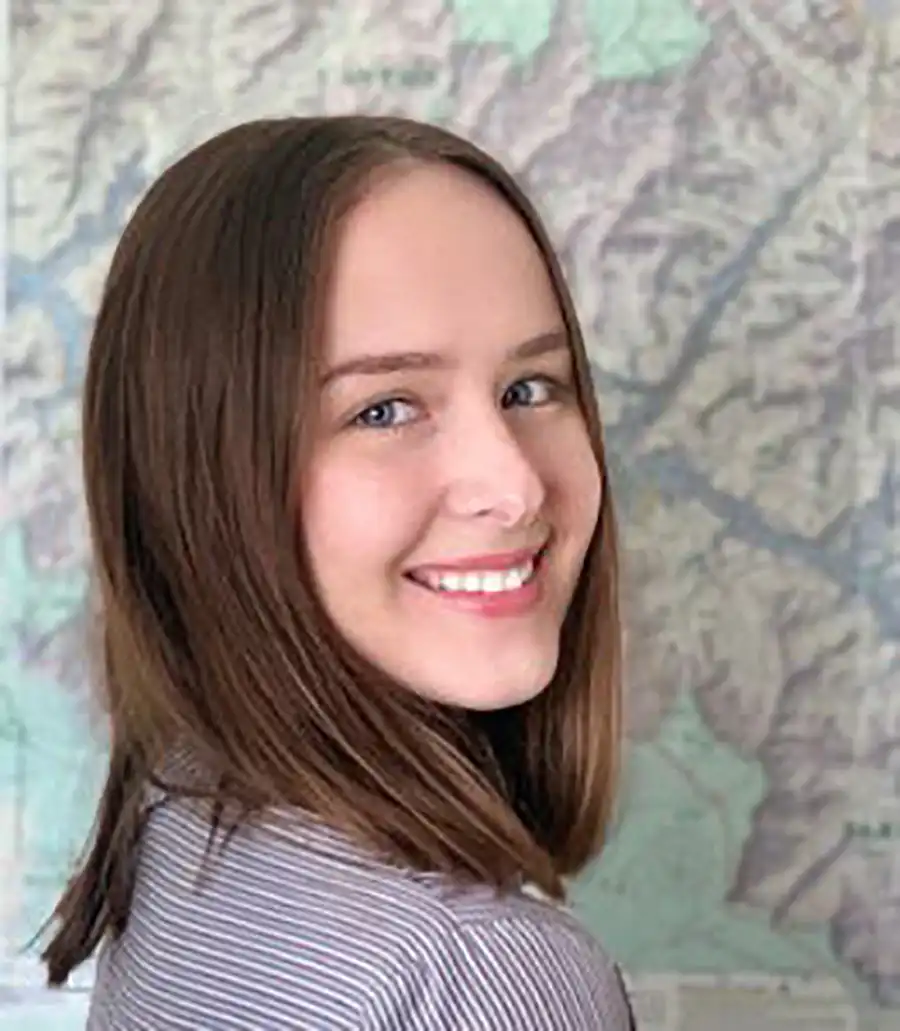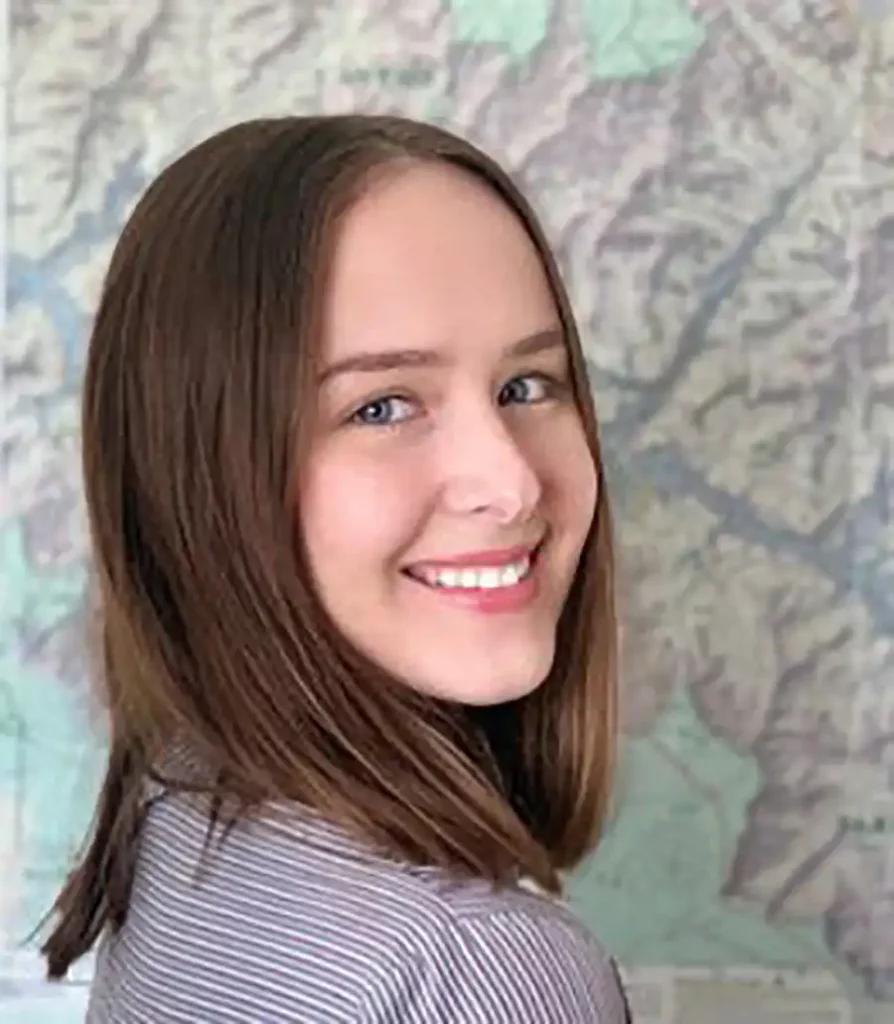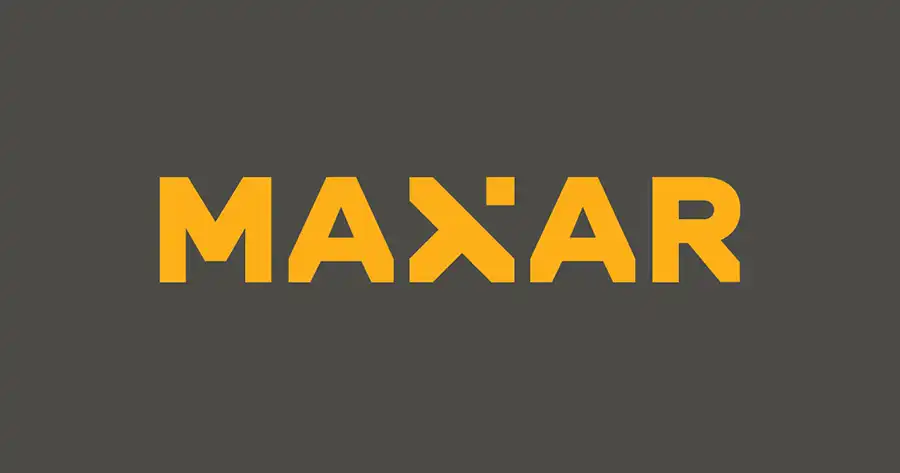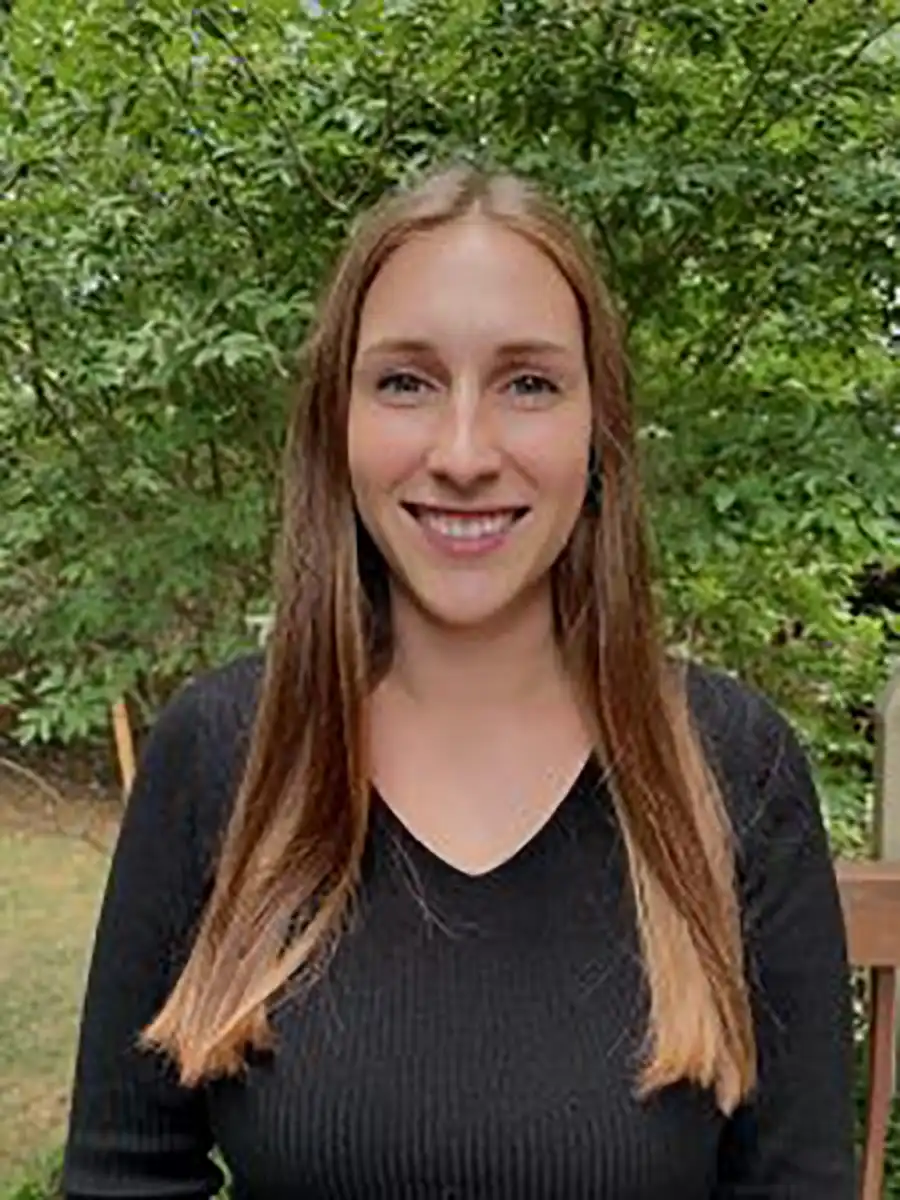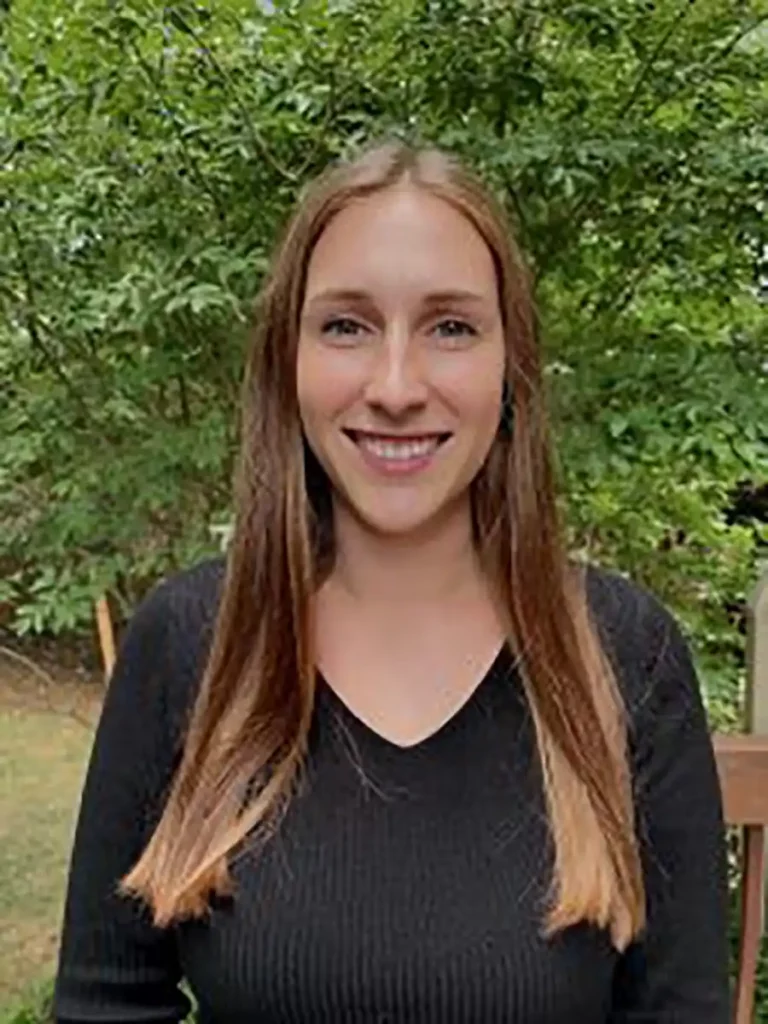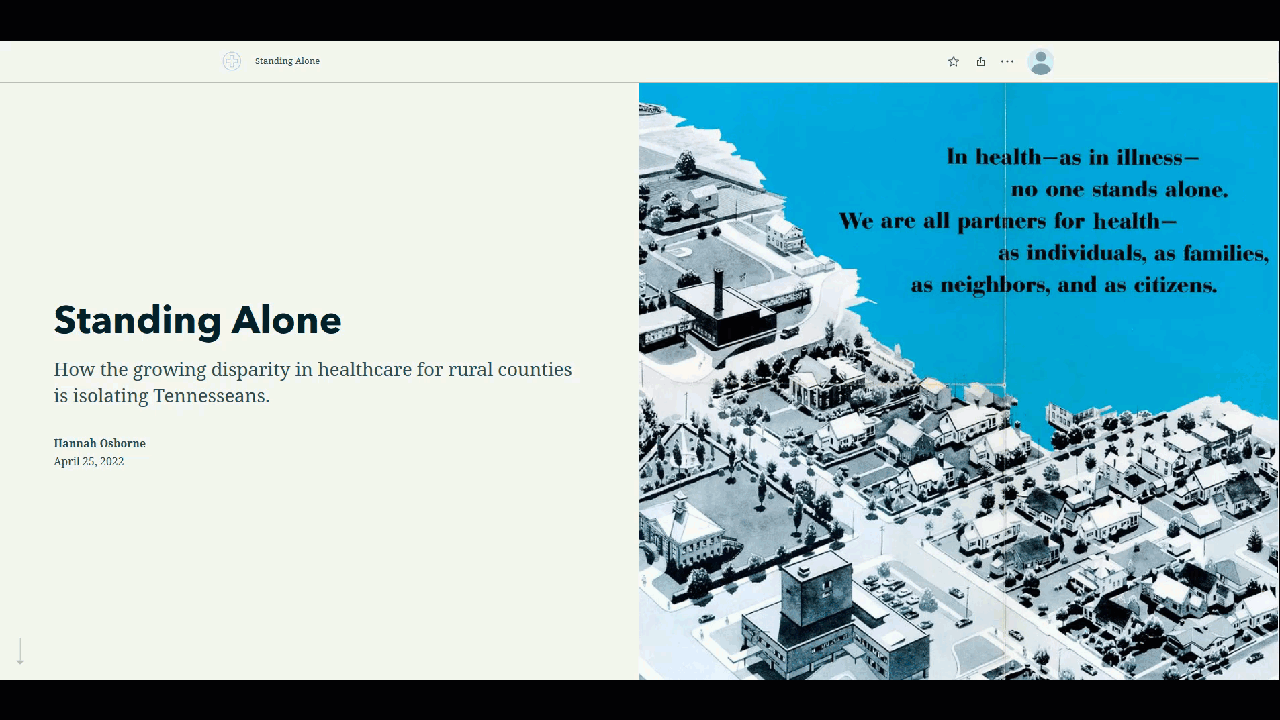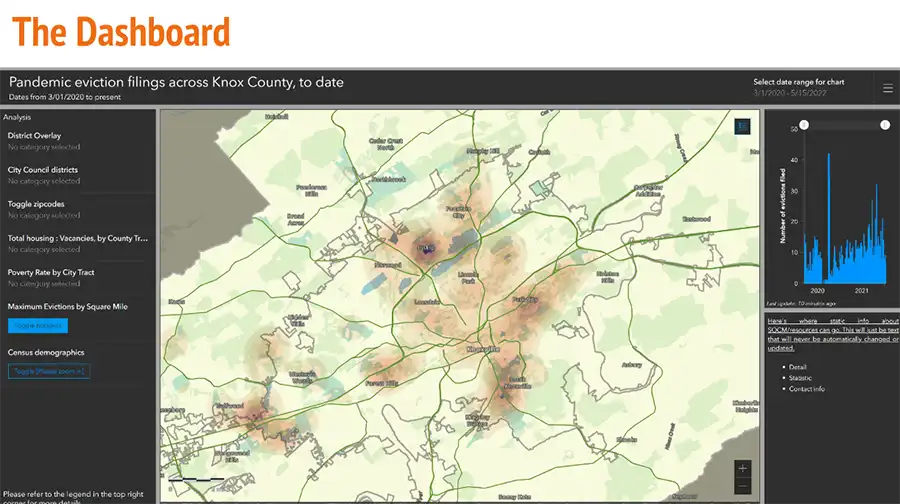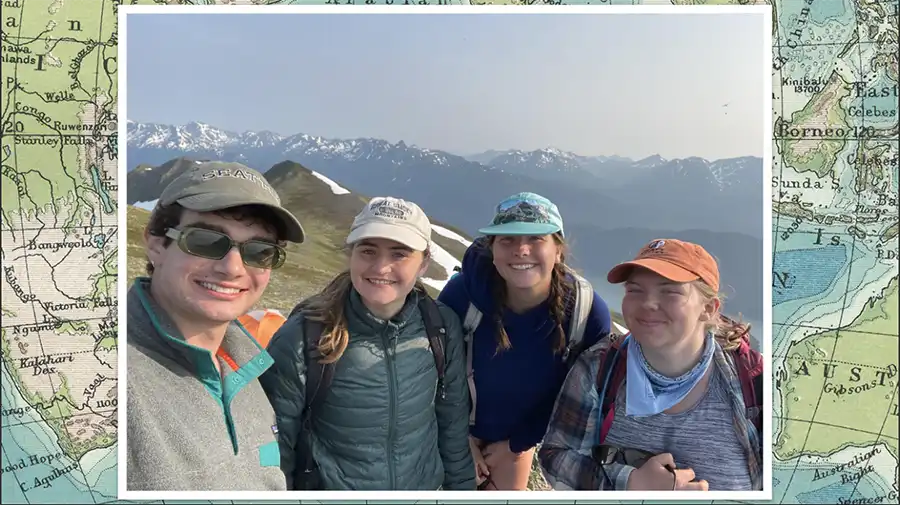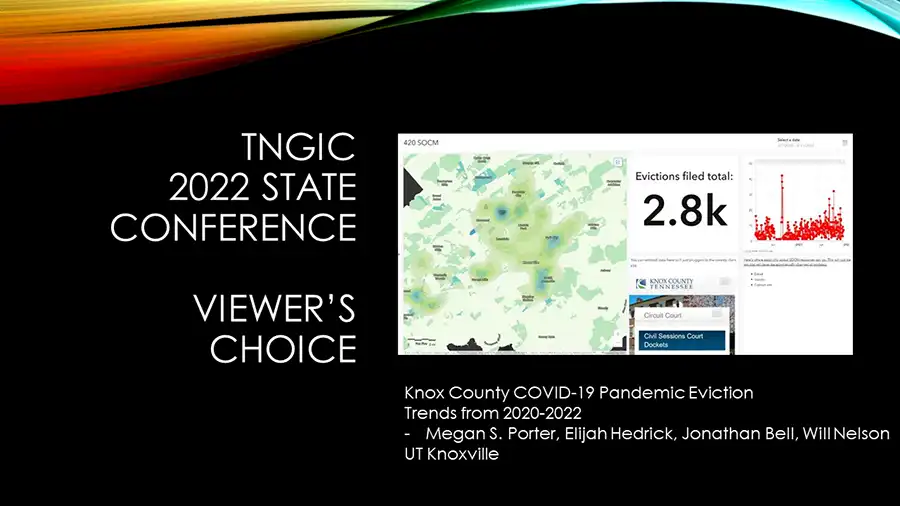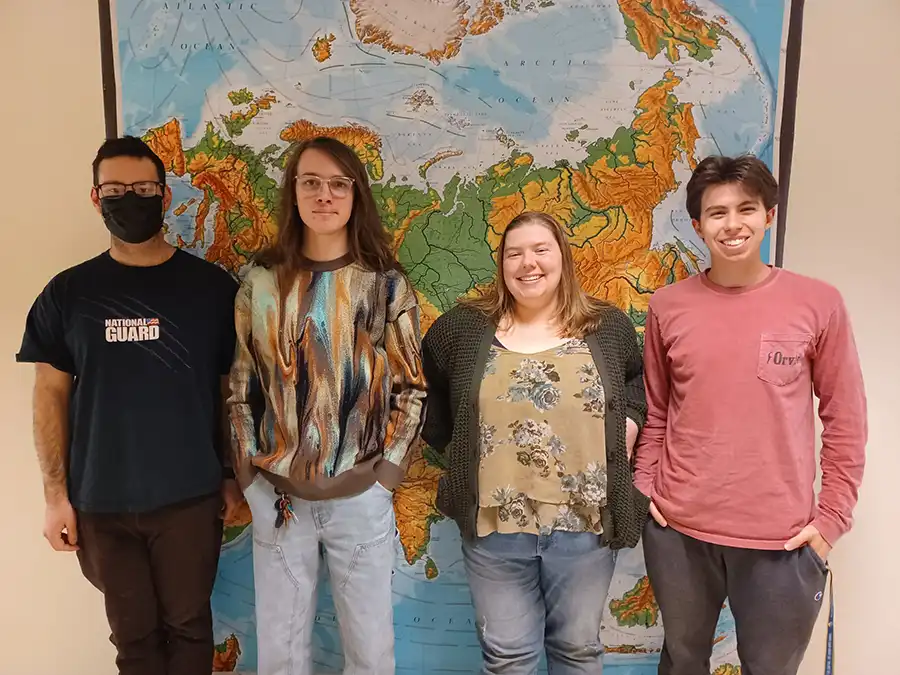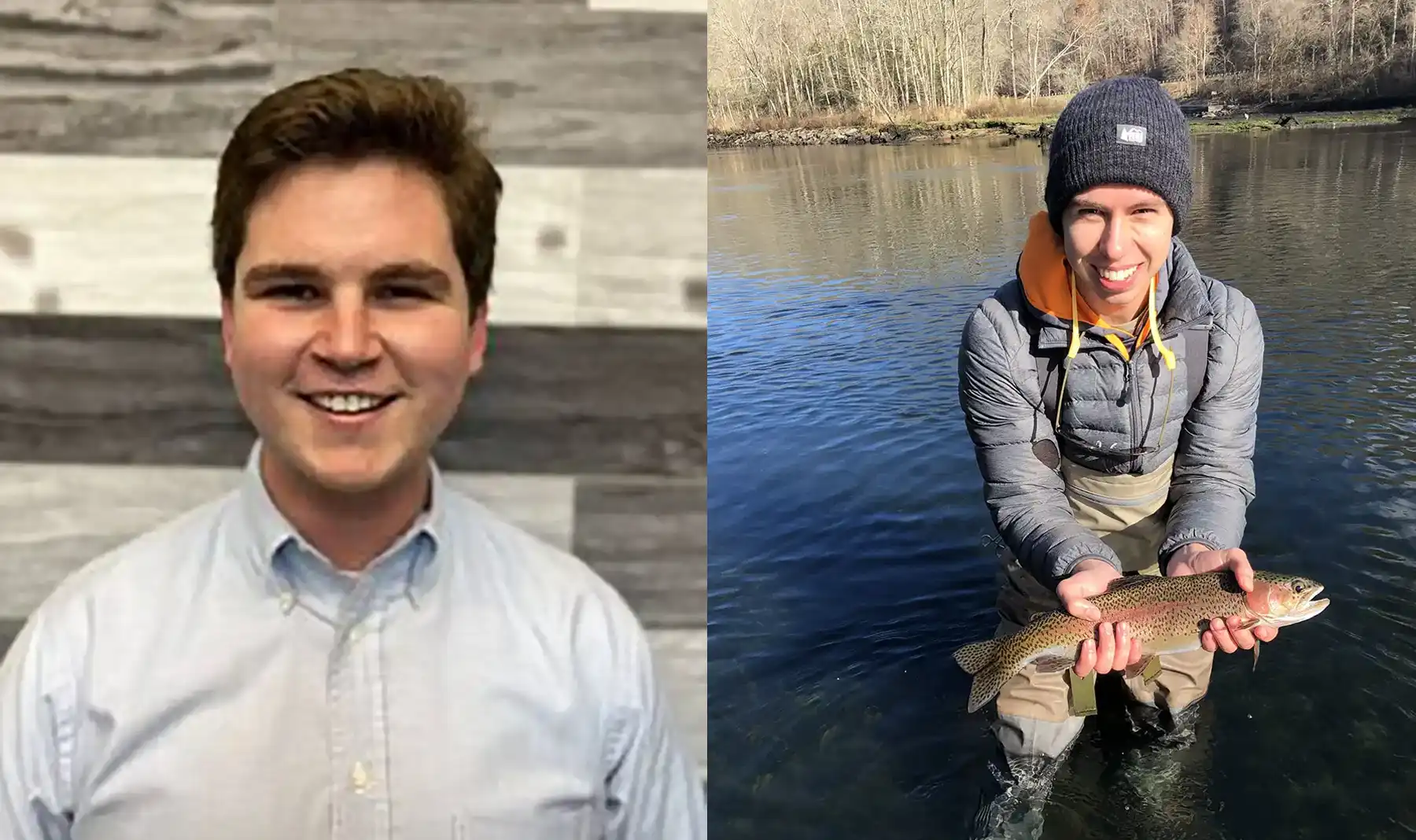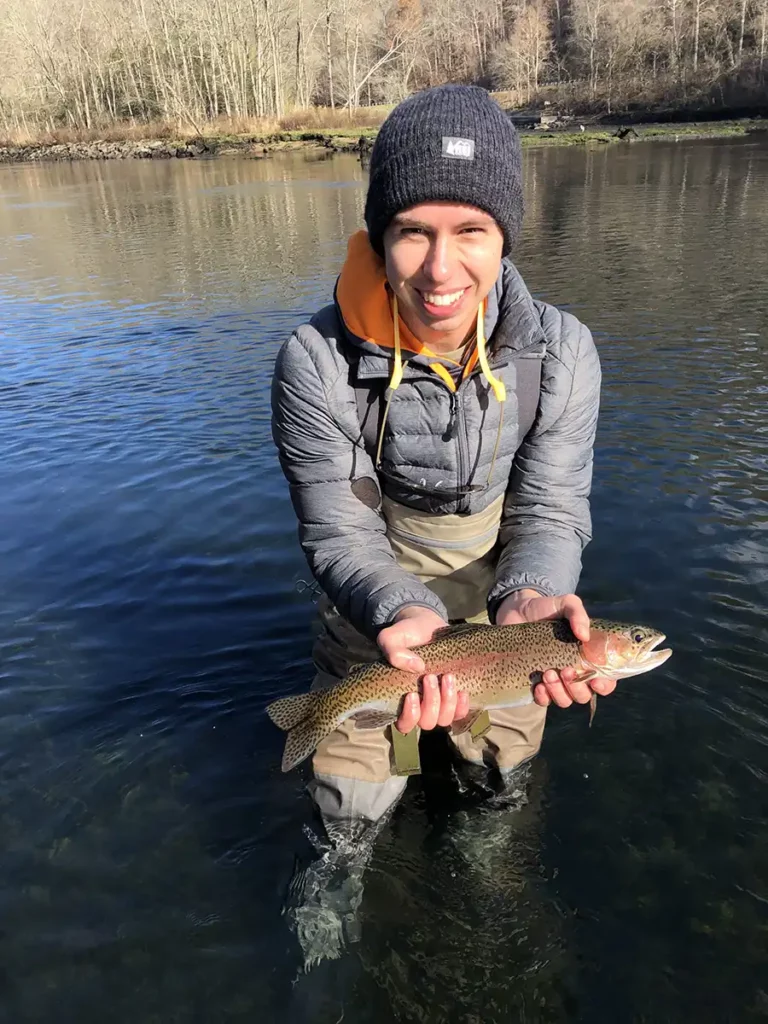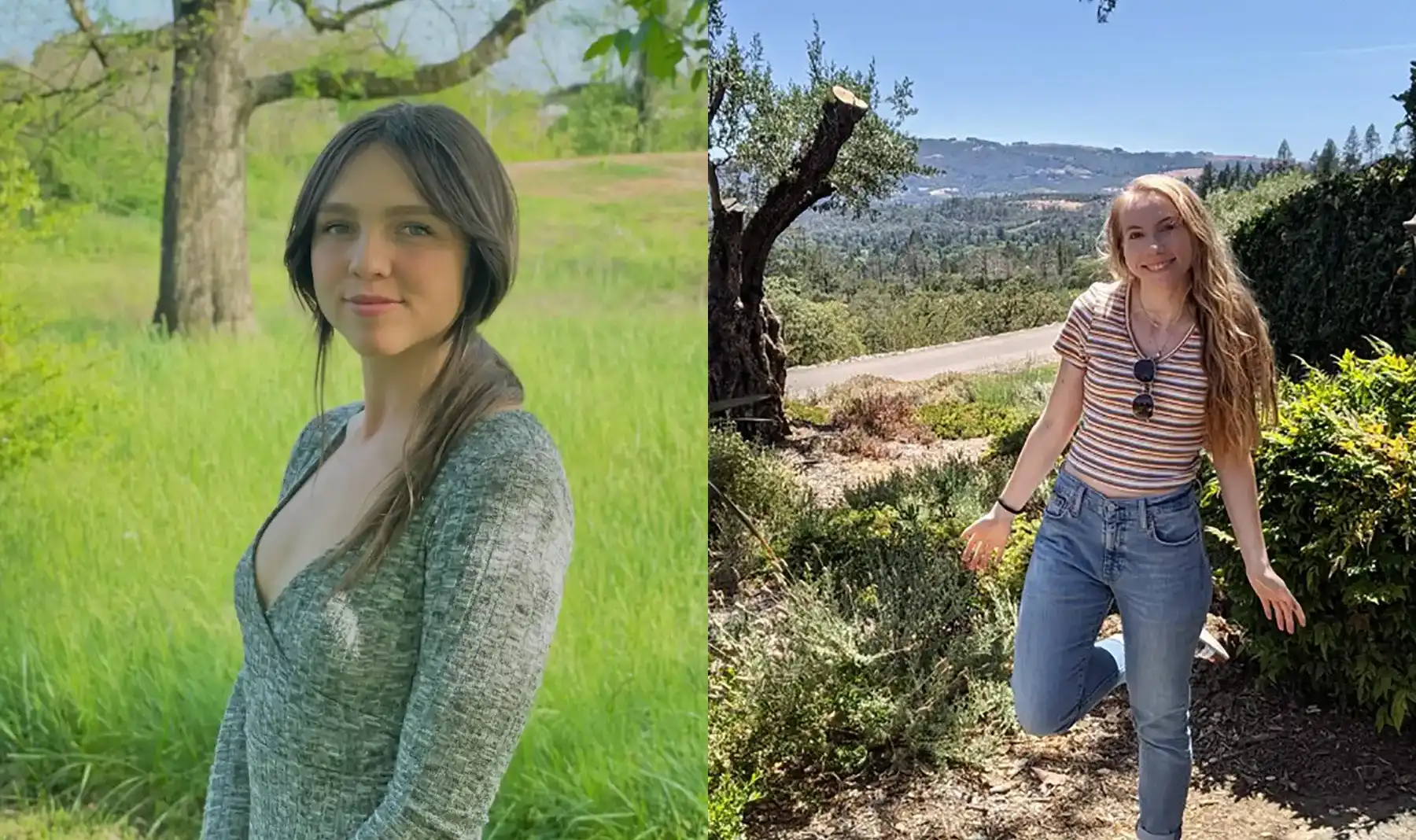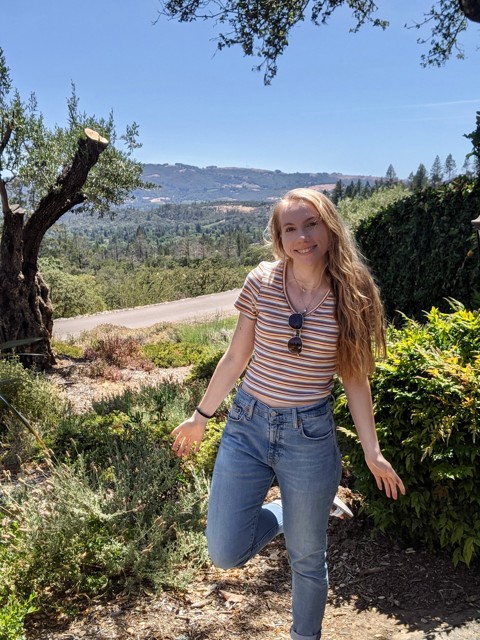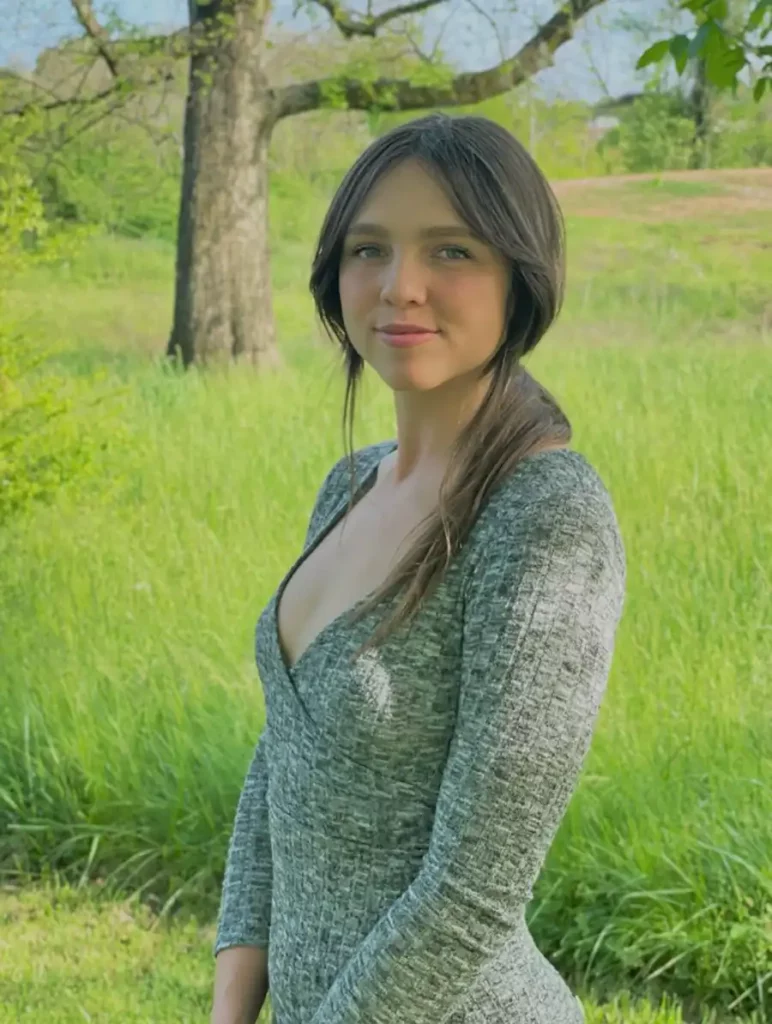Michael Camponovo recognized by Esri and National Geographic
Michael Camponovo recognized by Esri and National Geographic
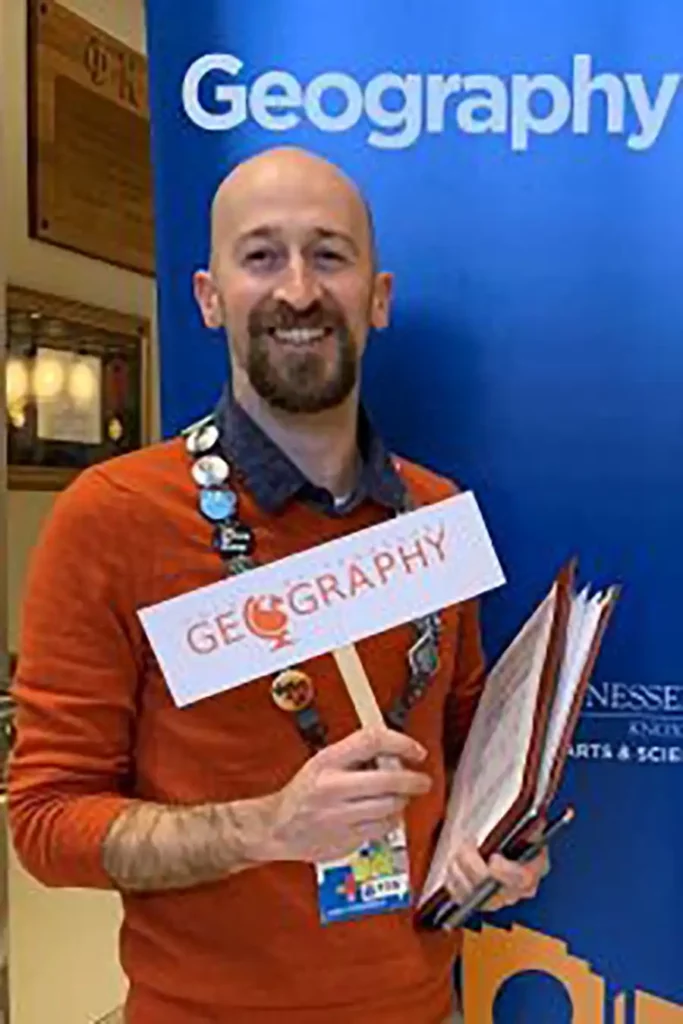
Our GIS Outreach Coordinator Michael Camponovo was recognized by Esri and National Geographic for a story map he made focusing on EMR, remote sensing, and geospatial tech and how students can use them to study landscape recovery after wildfires. Well done, Michael. Congratulations!
The Storymap’s Introduction
Exploring EMR With Wildfire Satellite Imagery
Combining Math, EMR, and GIS
Teachers are encouraged to download and use this mini-unit lesson plan ( Google Doc link )
Here in the United States, we typically associate wildfires with the western part of the country. But we actually have wildfires all across the country, even here in Tennessee.
While we often think of wildfires as destructive and bad, they are actually a natural part of our landscape. In fact, some species, like the table mountain pine, need fires for their cones to open and drop their seeds . Animals benefit from wildfires too because they change the habitat of the land. You can even become a wildfire ecologist and study the way fire changes the landscape as a career .
One question you might have about wildfires and their impact on the environment is:
How long does it take for an area burned by a wildfire to recover?
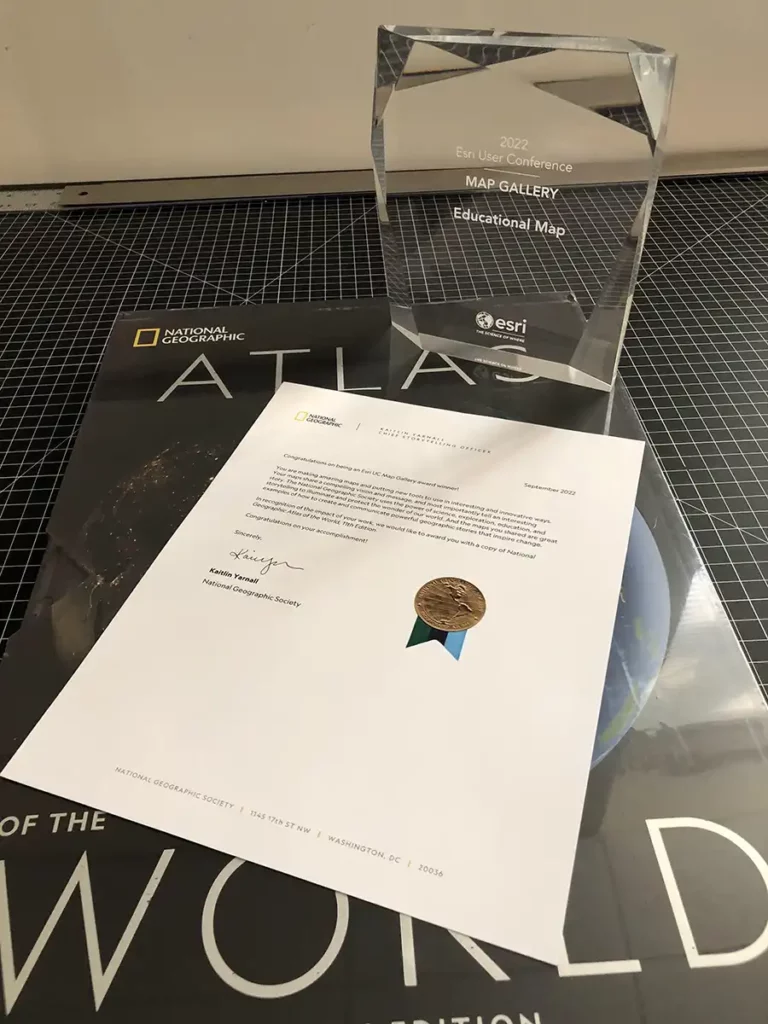
A simple way to answer that question would be to see how long it takes for vegetation to appear in the burned area.
Today we are going to use data from satellites to explore this topic while focusing on wildfires in the Southeastern United States. But first, we need to learn a little about electromagnetic radiation and how we collect and visualize that data.
